In recent years, the budget-friendly vegan lifestyle has gained immense popularity, not just because of its ethical standpoint but also because of its numerous health benefits.
A well-planned vegan diet is rich in nutrients, low in saturated fats, and high in fibre, which can lower the risks of heart disease, hypertension, type 2 diabetes, and certain cancers.
However, one common concern among those considering a vegan diet is meeting their protein needs. This is where the high-protein vegan salad comes into play, offering a delicious and nutritious solution.
The Foundation: Choosing Your Greens
The base of any salad is the greens. Opt for nutrient-dense options like spinach, kale, or arugula. These leafy greens are low in calories and packed with vitamins, minerals, and antioxidants. Kale is a great source of vitamins A, C, and K, while spinach provides iron and calcium.
Protein Powerhouses: Adding Legumes and Grains
The key to a high-protein vegan salad is incorporating various plant-based protein sources. Legumes such as chickpeas, black beans, and lentils offer around 15 grams of protein per cup.
Quinoa, a complete protein containing all nine essential amino acids, is another fantastic addition, providing about 8 grams of protein per cup.
Crunch and Color: Mix in Vegetables and Seeds
Vegetables like bell peppers, cucumbers, and carrots add crunch and colour to your salad and boost vitamins and minerals.
For an extra protein punch, sprinkle some seeds such as pumpkin, chia, or hemp. These small but mighty additions are rich in protein and contain healthy fats and fibre.
Dressing for Success: Creating a Flavorful, Nutritious Dressing
A salad is only as good as its dressing. For a healthy and high-protein option, consider a tahini-based dressing.
Tahini, made from ground sesame seeds, is high in protein and provides a creamy texture without the need for dairy. Mix tahini with lemon juice, garlic, and maple syrup for a delicious and nutritious dressing.
Which Budget-Friendly Healthy Foods You Should Eat More Of
Eating healthily doesn’t have to break the bank, especially when crafting a nutritious vegan salad. With some creativity and smart shopping, you can create a delicious and healthy salad that’s both kind to your wallet and your body.
The key is to focus on ingredients that offer the best nutritional bang for your buck. Here are seven affordable and key ingredients to consider when making your next vegan salad.
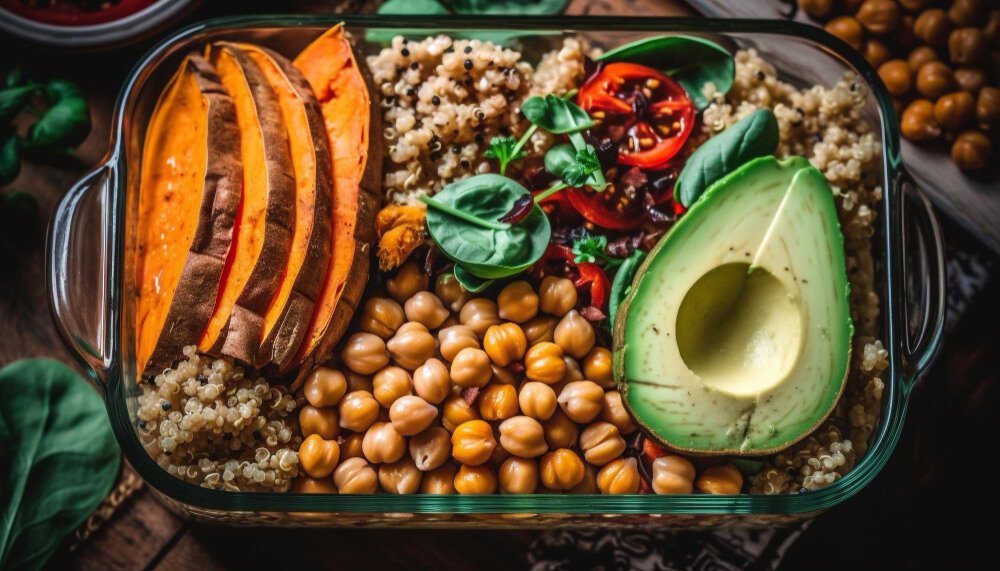
One: Your Staple Protein Powerhouse
Beans are a staple in vegan diets for good reason. They are an excellent source of protein, fibre, and essential nutrients like iron and potassium.
A study published in the American Journal of Clinical Nutrition found that incorporating beans into your diet can improve overall health and reduce the risk of chronic diseases.
Whether you choose black beans, chickpeas, or lentils, adding a handful to your salad can boost protein content and keep you full longer.
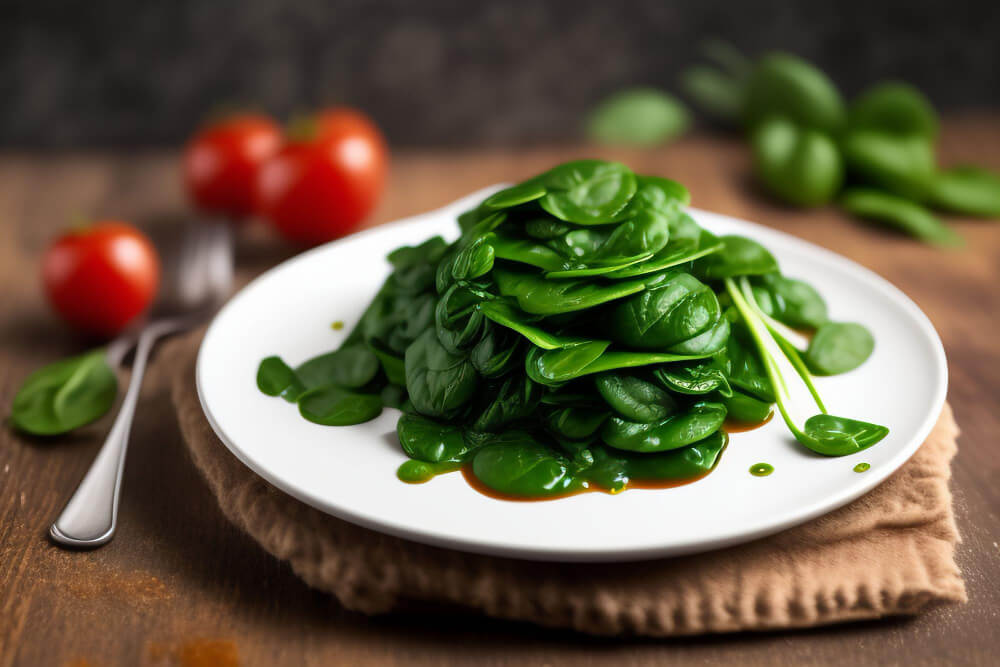
Two: The Leafy Green Superstar
Spinach is a versatile and nutrient-dense leafy green that’s perfect for salads. It’s packed with vitamins A, C, and K and minerals like iron and magnesium.
Research has shown that spinach’s high antioxidant content can help reduce inflammation and oxidative stress. Its mild flavour makes it an easy addition to any salad without overpowering other ingredients.
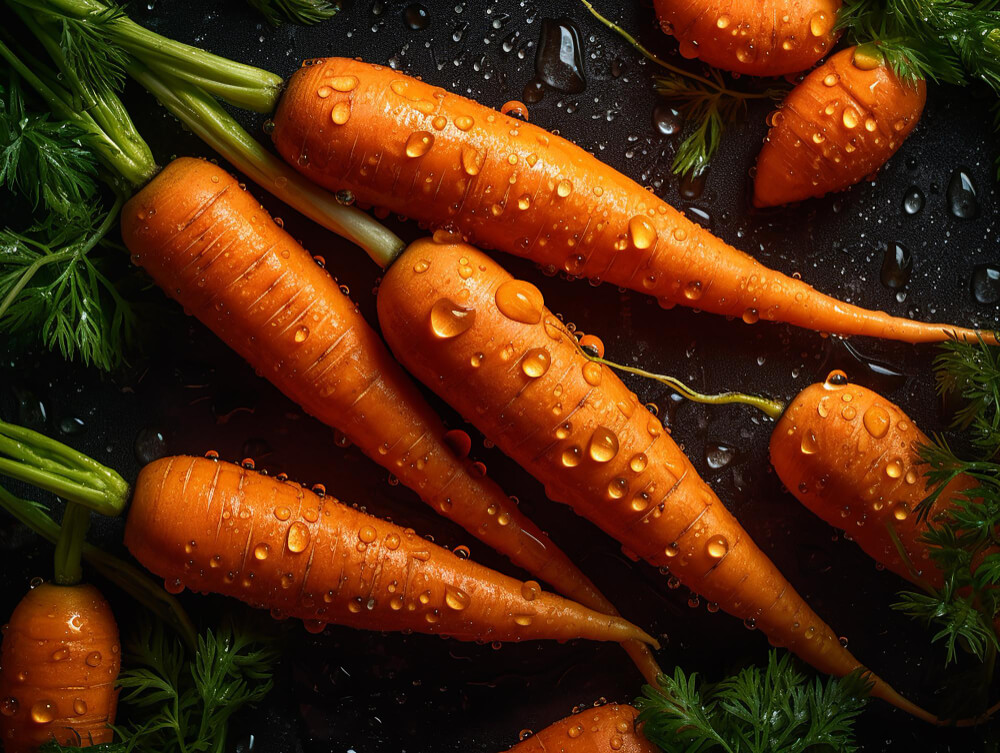
Three: The Crunchy Nutrient Boost
Carrots are affordable and a great source of beta-carotene, fibre, and vitamin K. They add a nice crunch to salads and a natural sweetness that can balance out more bitter greens.
A study in the Journal of Nutrition suggests that carrots’ beta-carotene can support eye health and immune function. Grate, slice, or add carrots in chunks to your salad to add colour and nutrition.

Four: The Affordable Healthy Fat
Sunflower seeds are a budget-friendly way to add healthy fats, protein, and crunch to your salad. They’re a good source of vitamin E, an antioxidant that can help protect your cells from damage.
Sprinkle a tablespoon or two on top of your salad for a satisfying texture and a boost of nutrients.
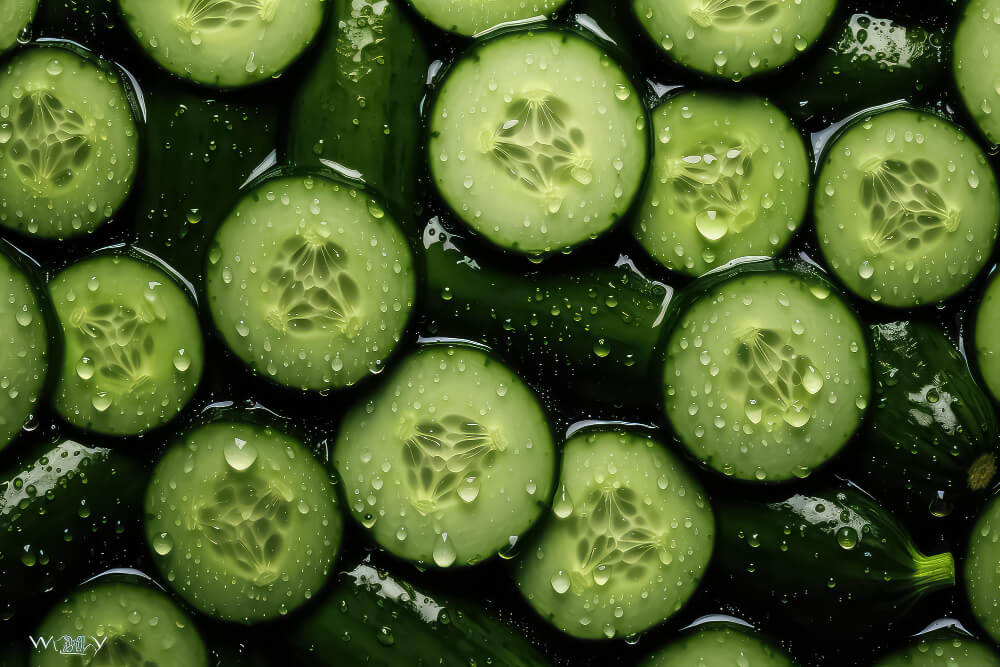
Five: The Hydrating Vegetable
Cucumbers are inexpensive and a great way to add hydration and freshness to your salad.
They are mostly water, which can help keep you hydrated, and they contain a few nutrients like vitamin K and potassium. Slice them thinly or chop them into chunks for a crisp addition to your salad.

Six: The Versatile Legume
Chickpeas, also known as garbanzo beans, are another excellent source of protein and fibre. Their mild, nutty flavour pairs well with various salad ingredients.
A study in the Journal of Nutrition found that regular consumption of chickpeas can improve blood lipid profiles and reduce the risk of heart disease. Roast them for extra crunch, or add them directly from the can for convenience.
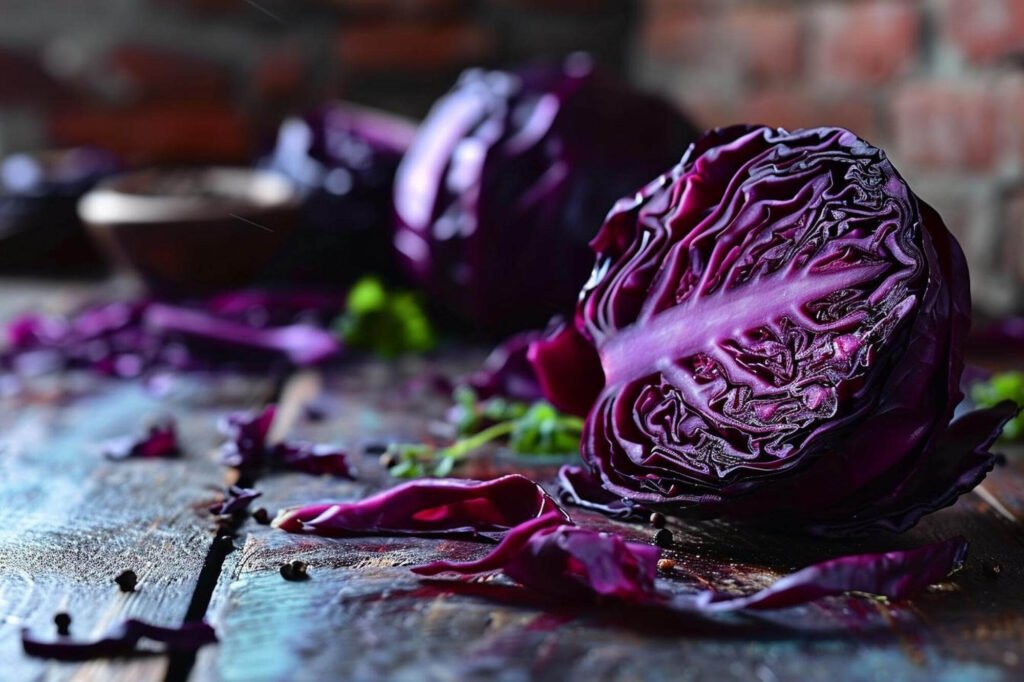
Seven: The Colorful Antioxidant
Red cabbage is affordable and rich in antioxidants and vitamins C and K. It adds a vibrant pop of colour to salads and a slightly peppery flavour.
Research has shown that the anthocyanins in red cabbage can have anti-inflammatory and antioxidant effects.
Shred it finely and mix it in with your greens for a nutritious and visually appealing salad.
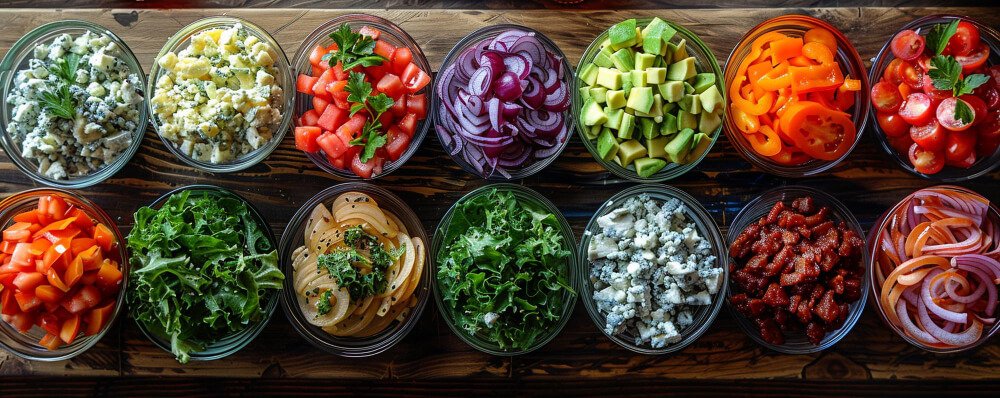
The Seven Considerations for a Perfect Vegan Salad: A Detailed Guide
Before constructing your salad meal prep, look at the following seven tips to ensure you consider the best ingredients for your regular salads.
One: Balanced Macronutrient Profile
Creating a salad that is not only delicious but also nutritionally balanced is crucial.
A well-crafted salad should have a harmonious blend of proteins, carbohydrates, and healthy fats. This balance is essential for maintaining energy levels and ensuring satiety.
For instance, while legumes provide a hefty dose of protein and fibre, adding a whole grain like quinoa can supply complex carbohydrates for sustained energy. Avocado or a sprinkle of nuts can contribute healthy fats, essential for nutrient absorption and brain health.
Two: Embracing Variety
Diversity is not just the spice of life; it’s also the key to a nutrient-rich salad. Incorporating a wide range of vegetables, fruits, grains, and proteins ensures you get a spectrum of vitamins, minerals, and antioxidants. This variety supports overall health and keeps your taste buds engaged.
Studies have shown that a diet rich in various plant-based foods can reduce the risk of chronic diseases and improve longevity.
Three: Seasonal and Local Produce
Opting for seasonal and locally sourced ingredients can significantly enhance your salad’s nutritional value and flavour. Seasonal produce is often fresher and has a higher nutrient content than out-of-season counterparts transported long distances. Furthermore, supporting local agriculture can have positive environmental impacts.
Research indicates that locally sourced, seasonal foods can have a lower carbon footprint and contribute to sustainable food systems.
Four: The Role of Fermented Foods
Incorporating fermented foods like kimchi, sauerkraut, or tempeh can add a unique flavour to your salad while boosting your gut health. Fermented foods are rich in probiotics, which are beneficial for maintaining a healthy gut microbiome.
A robust gut microbiome has been linked to improved digestion, enhanced immune function, and even better mental health.
Five: Portion Control
While salads are generally healthy, it’s still important to be mindful of portion sizes, especially regarding calorie-dense ingredients like nuts, seeds, and avocados. Overindulging in these components can lead to an unintentional increase in calorie intake.
A study published in the Journal of the Academy of Nutrition and Dietetics emphasizes the importance of portion control in weight management and overall health.
Six: Timing of Dressing Application
To preserve the freshness and crunch of your salad, it’s advisable to add the dressing just before serving. Dressing a salad too early can lead to soggy greens and a less appetizing texture.
Moreover, certain dressings, especially those with acidic ingredients like lemon juice or vinegar, can start to break down the vegetables, compromising their nutritional value.
Seven: Flavor Exploration
Don’t be afraid to experiment with different herbs, spices, and dressings to keep your salads exciting and flavorful. Incorporating a variety of flavours not only enhances the culinary experience but also provides additional health benefits.
For example, turmeric, known for its anti-inflammatory properties, or ginger, recognized for its digestive benefits, can add flavour and functional nutrition to your salad.
By considering these considerations and incorporating relevant research into your salad-making process, you can create delicious, nutritious, and satisfying vegan salads that support your health and wellness goals.
Conclusion: Smart Choices for a Healthy Vegan Salad
Creating a healthy and delicious vegan salad doesn’t have to be expensive. You can enjoy a nutrient-packed meal without straining your budget by choosing affordable ingredients like beans, spinach, carrots, sunflower seeds, cucumbers, chickpeas, and red cabbage. These ingredients offer a variety of flavours, textures, and health benefits, making your salad not only tasty but also good for your body.
You can also follow me on YouTube for the latest, science-backed research on health, weight and weight training, and an endless supply of healthy recipes.
Download your FREE Fat Loss Recipe book here.
I appreciate your support.
Disclosure: AI technology assisted in the construction of this informative post and all of the scientific research for this article.
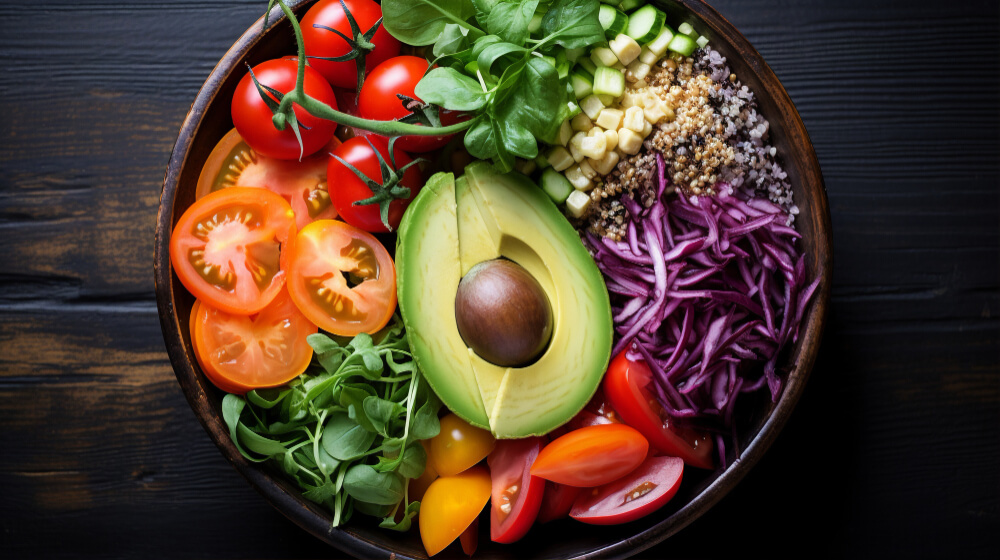
1 Comment